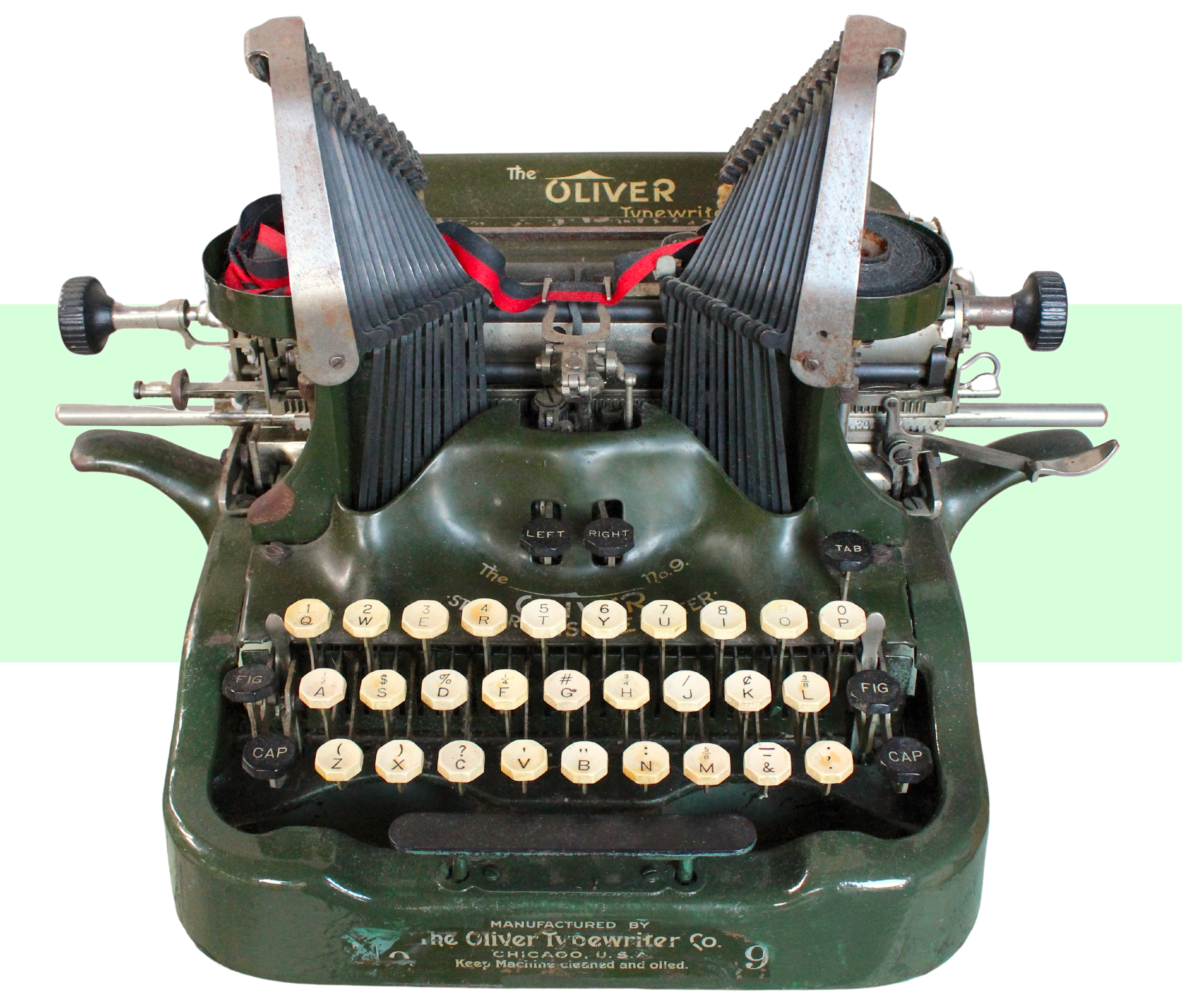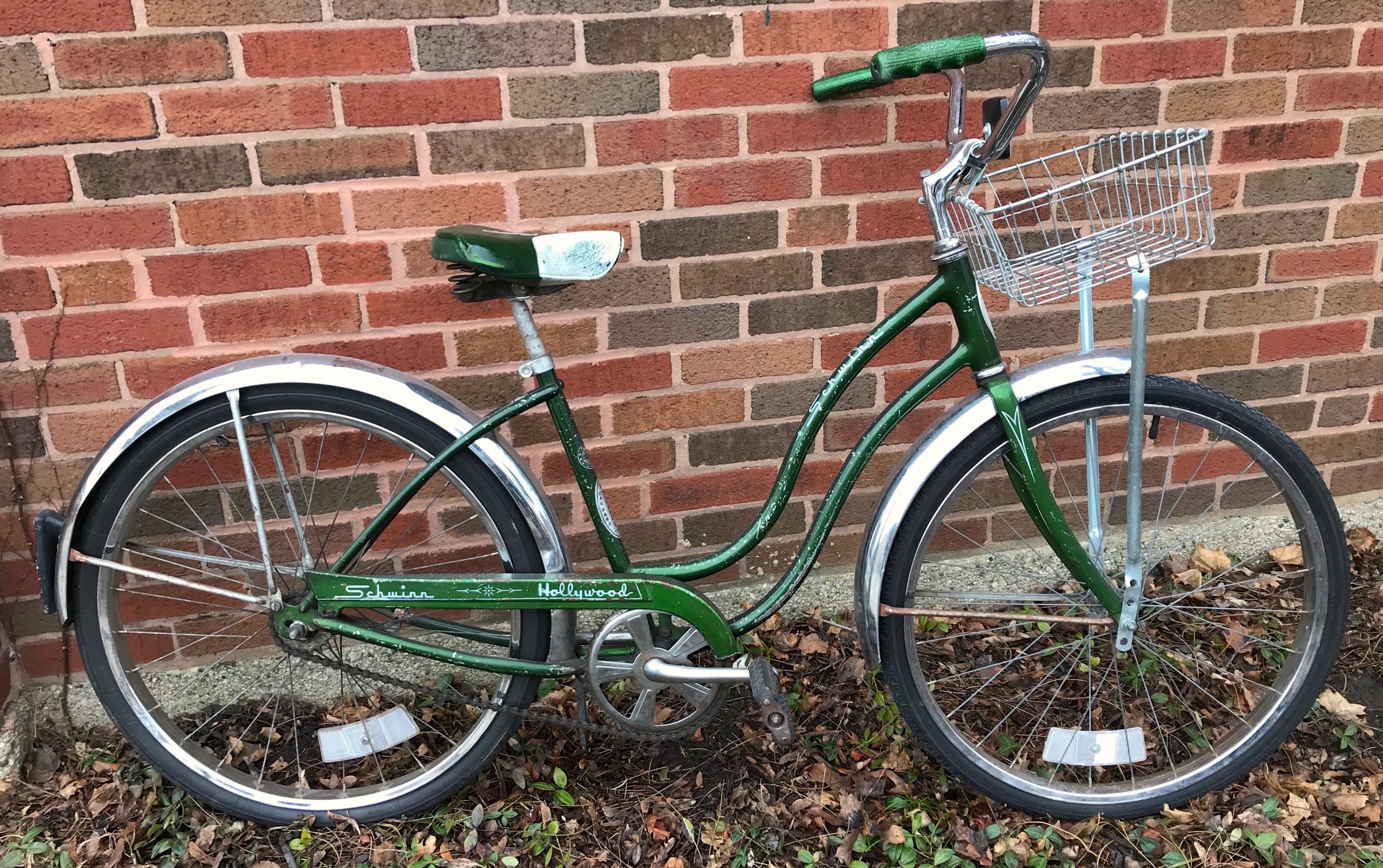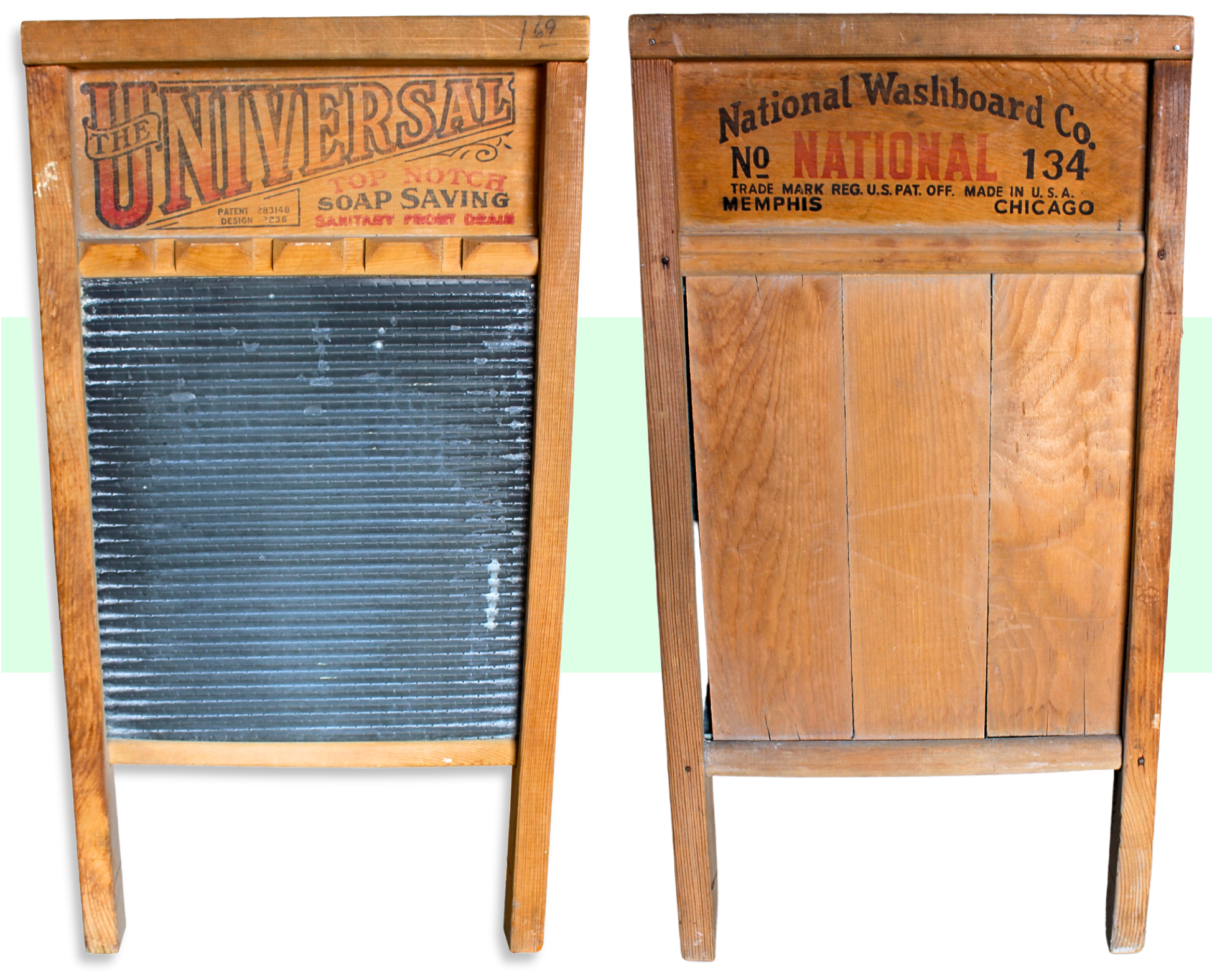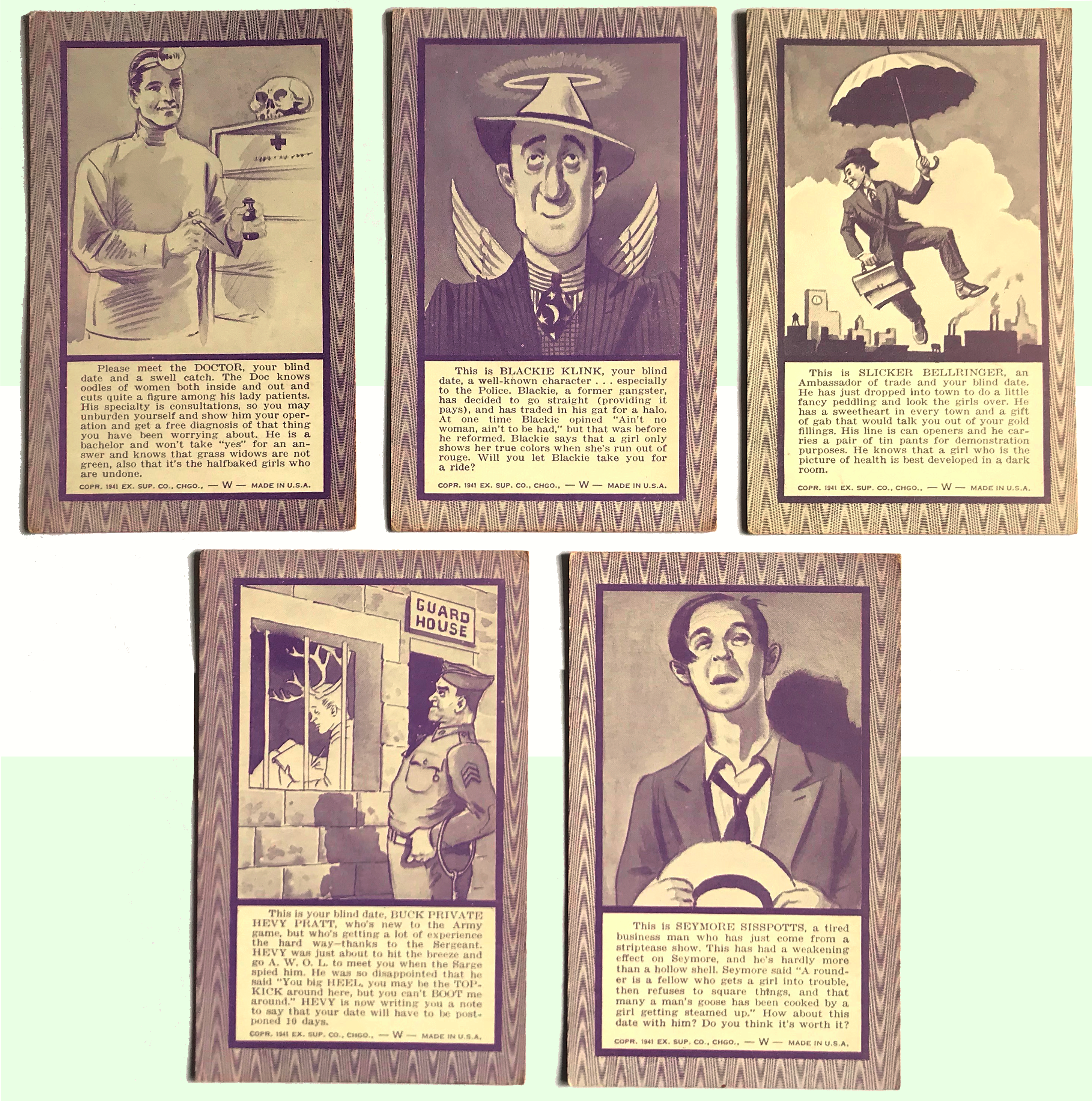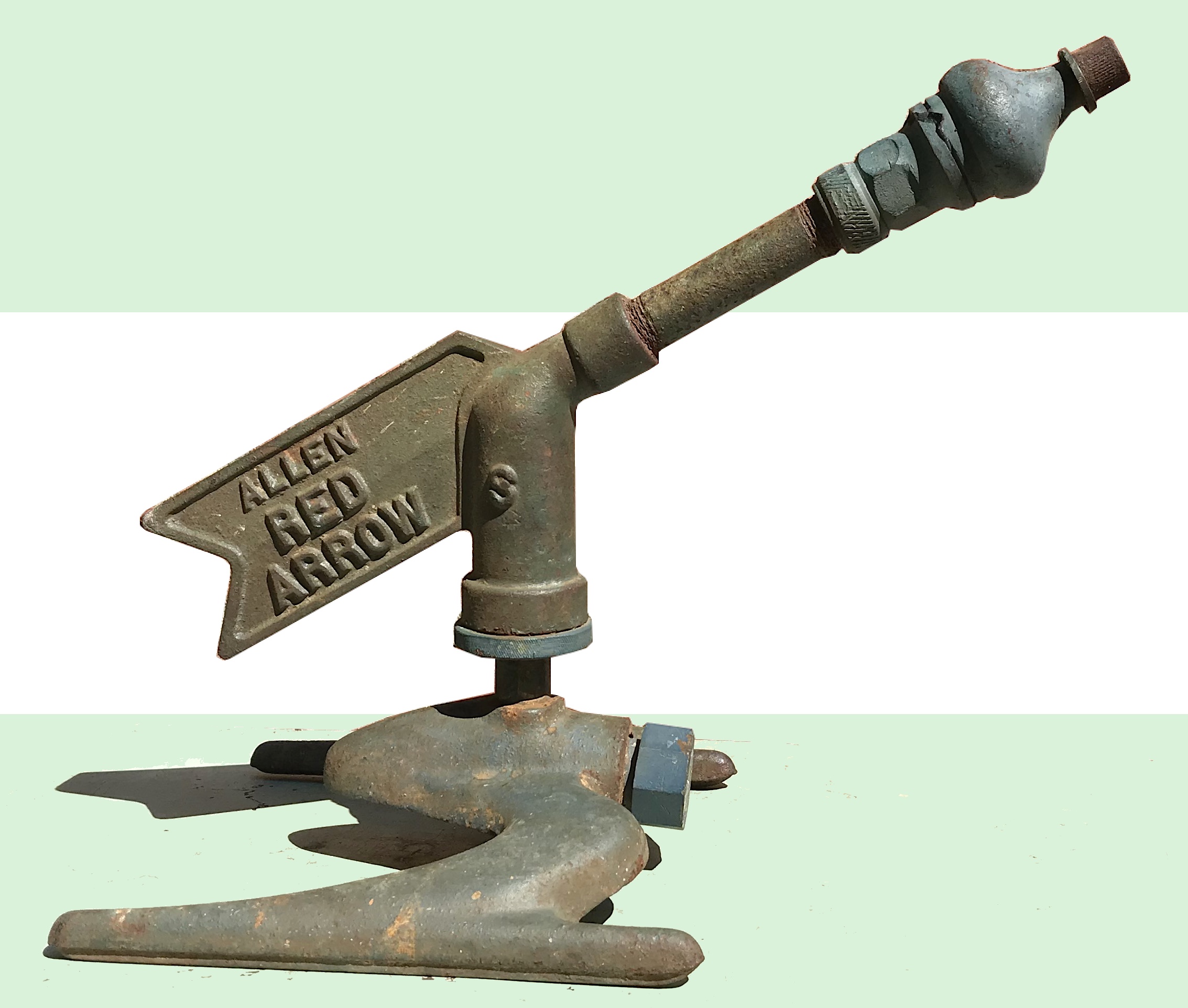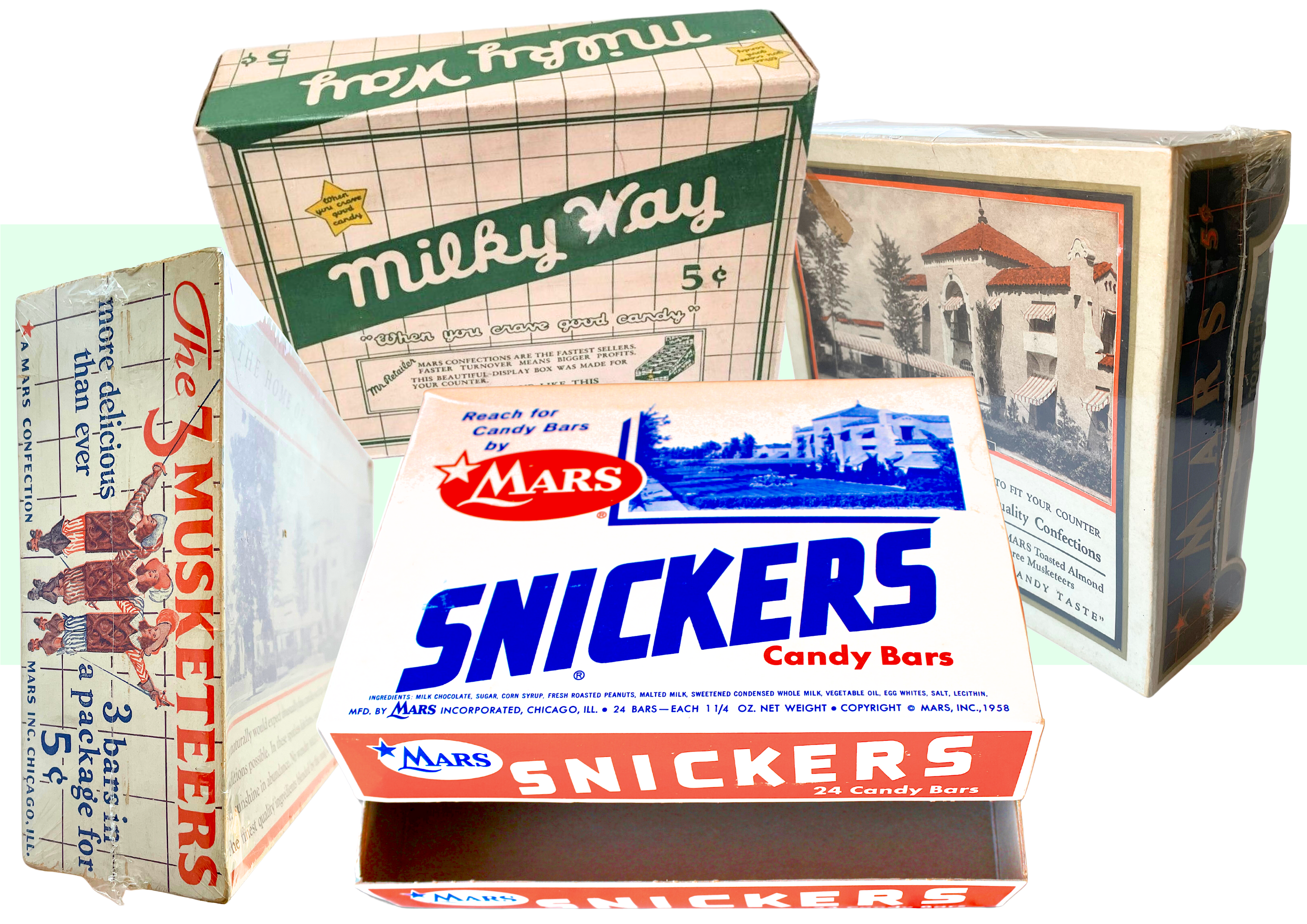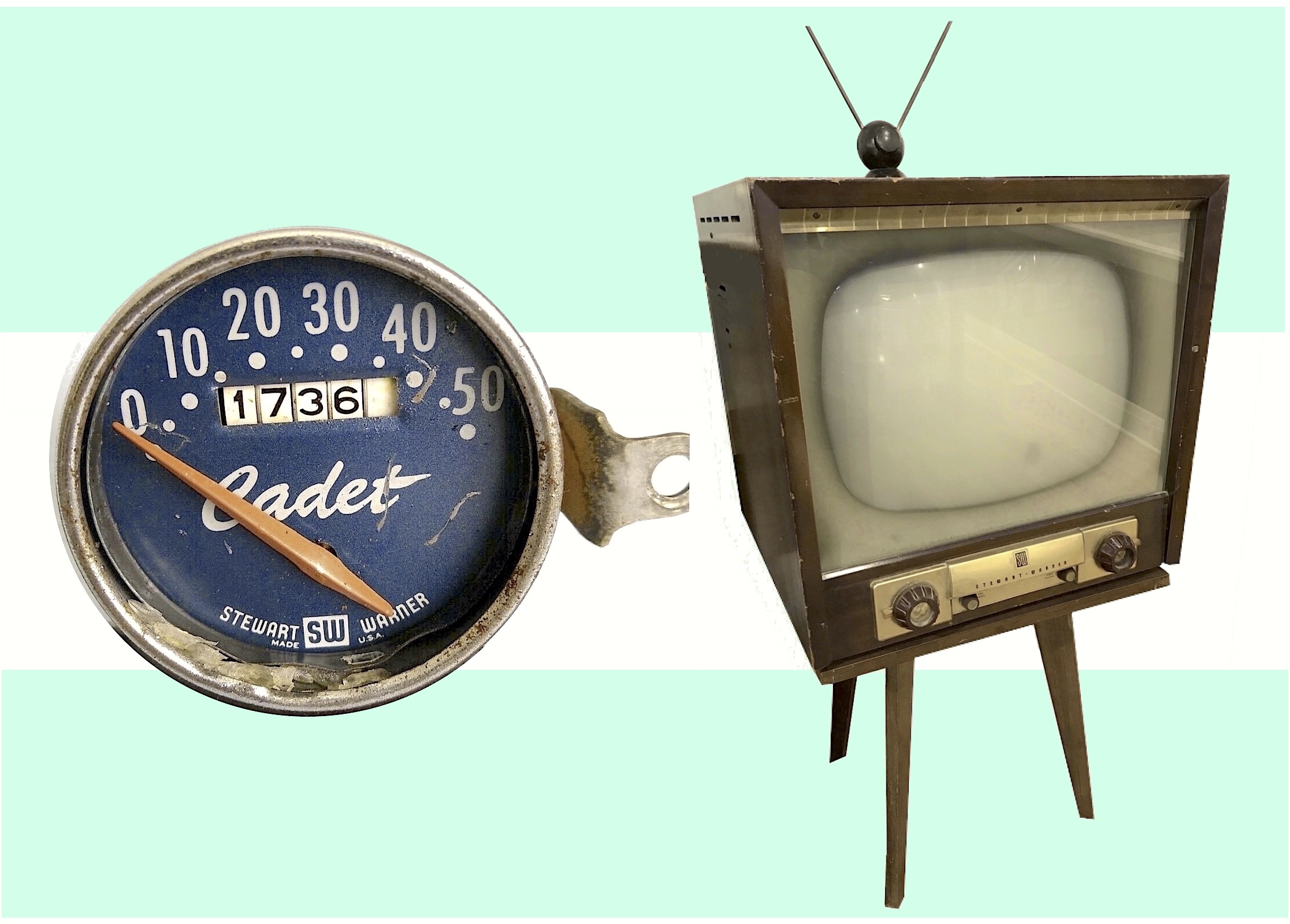Museum Artifact: Tinkertoy Wonder Builder Set, c. 1930s
Made By: The Toy Tinkers, Inc., 2012 Ridge Ave., Evanston, IL
“Toys haven’t been considered a ‘regular business’ in the United States until very recent years. We relied on Japan and Europe to supply our children; and, by and large, a very inferior article they supplied. But toys are coming up here in a business way these days,





